#Hubble Space Telescope images
Text



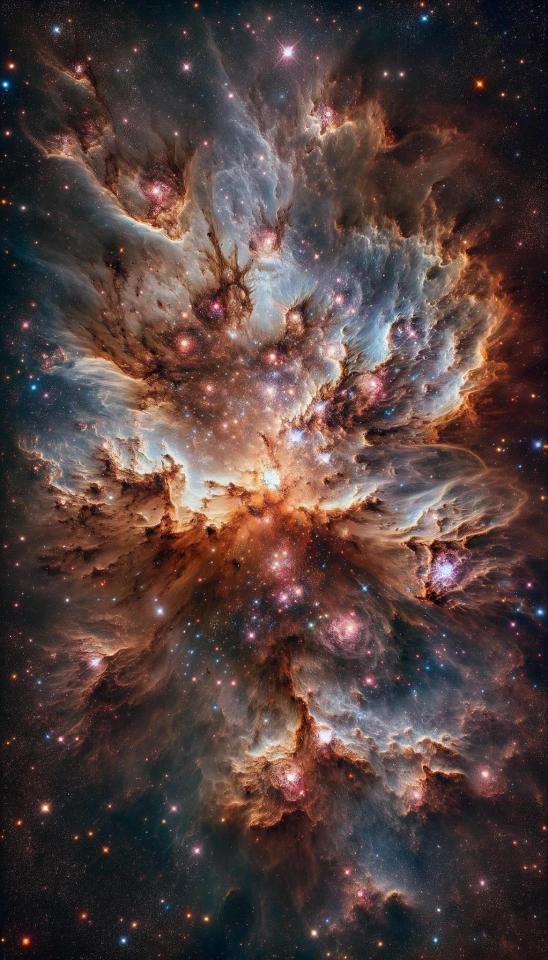
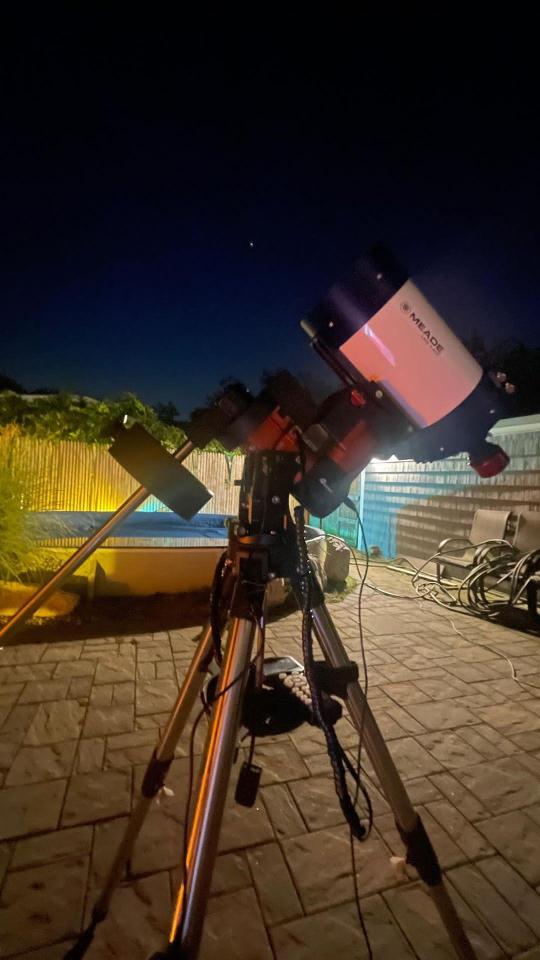
Think we're the only planet with life? 350mp quality. Remember to download to your phone and zoom in. Gets even more beautiful. Yes this is a nebula, yes I know there’s no life in a nebula. Of course these are not real photos. Duh!
#astronomers#astrophysics#astrophotography#astronomy#space station#hubble space telescope#james webb images#james webb#nasawebb#nasa#space photography#universe#astrology#astro observations#astro notes#asterion#telescope#james webb space telescope#mars planet#jupiter planet#saturn planet#planet#planets#space science#space#outer space#james webb space technology#space exploration#jet propulsion#i love astronomy
11K notes
·
View notes
Text

Astronomers used three of NASA's Great Observatories to capture this multiwavelength image showing galaxy cluster IDCS J1426.5+3508. It includes X-rays recorded by the Chandra X-ray Observatory in blue, visible light observed by the Hubble Space Telescope in green, and infrared light from the Spitzer Space Telescope in red. This rare galaxy cluster has important implications for understanding how these megastructures formed and evolved early in the universe.
How Astronomers Time Travel
Let’s add another item to your travel bucket list: the early universe! You don’t need the type of time machine you see in sci-fi movies, and you don’t have to worry about getting trapped in the past. You don’t even need to leave the comfort of your home! All you need is a powerful space-based telescope.
But let’s start small and work our way up to the farthest reaches of space. We’ll explain how it all works along the way.

This animation illustrates how fast light travels between Earth and the Moon. The farther light has to travel, the more noticeable its speed limit becomes.
The speed of light is superfast, but it isn’t infinite. It travels at about 186,000 miles (300 million meters) per second. That means that it takes time for the light from any object to reach our eyes. The farther it is, the more time it takes.
You can see nearby things basically in real time because the light travel time isn’t long enough to make a difference. Even if an object is 100 miles (161 kilometers) away, it takes just 0.0005 seconds for light to travel that far. But on astronomical scales, the effects become noticeable.
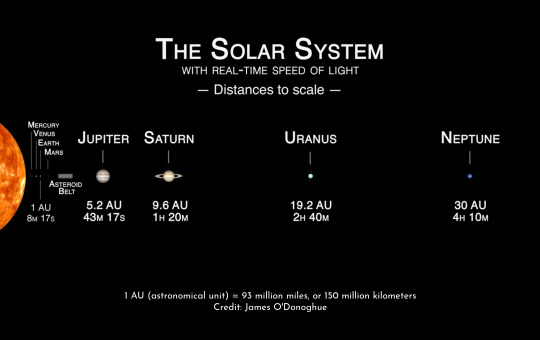
This infographic shows how long it takes light to travel to different planets in our solar system.
Within our solar system, light’s speed limit means it can take a while to communicate back and forth between spacecraft and ground stations on Earth. We see the Moon, Sun, and planets as they were slightly in the past, but it's not usually far enough back to be scientifically interesting.
As we peer farther out into our galaxy, we use light-years to talk about distances. Smaller units like miles or kilometers would be too overwhelming and we’d lose a sense of their meaning. One light-year – the distance light travels in a year – is nearly 6 trillion miles (9.5 trillion kilometers). And that’s just a tiny baby step into the cosmos.
youtube
The Sun’s closest neighboring star, Proxima Centauri, is 4.2 light-years away. That means we see it as it was about four years ago. Betelgeuse, a more distant (and more volatile) stellar neighbor, is around 700 light-years away. Because of light’s lag time, astronomers don’t know for sure whether this supergiant star is still there! It may have already blasted itself apart in a supernova explosion – but it probably has another 10,000 years or more to go.
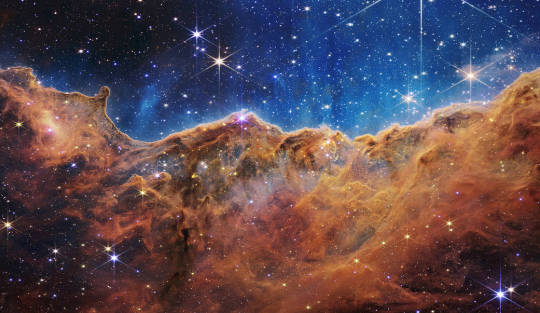
What looks much like craggy mountains on a moonlit evening is actually the edge of a nearby, young, star-forming region NGC 3324 in the Carina Nebula. Captured in infrared light by the Near-Infrared Camera (NIRCam) on NASA’s James Webb Space Telescope, this image reveals previously obscured areas of star birth.
The Carina Nebula clocks in at 7,500 light-years away, which means the light we receive from it today began its journey about 3,000 years before the pyramids of Giza in Egypt were built! Many new stars there have undoubtedly been born by now, but their light may not reach Earth for thousands of years.
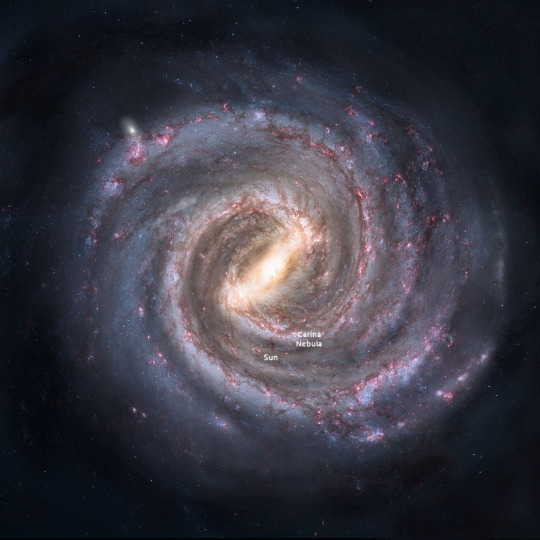
An artist’s concept of our Milky Way galaxy, with rough locations for the Sun and Carina nebula marked.
If we zoom way out, you can see that 7,500 light-years away is still pretty much within our neighborhood. Let’s look further back in time…

This stunning image by the NASA/ESA Hubble Space Telescope features the spiral galaxy NGC 5643. Looking this good isn’t easy; 30 different exposures, for a total of nine hours of observation time, together with Hubble’s high resolution and clarity, were needed to produce an image of such exquisite detail and beauty.
Peering outside our Milky Way galaxy transports us much further into the past. The Andromeda galaxy, our nearest large galactic neighbor, is about 2.5 million light-years away. And that’s still pretty close, as far as the universe goes. The image above shows the spiral galaxy NGC 5643, which is about 60 million light-years away! That means we see it as it was about 60 million years ago.
As telescopes look deeper into the universe, they capture snapshots in time from different cosmic eras. Astronomers can stitch those snapshots together to unravel things like galaxy evolution. The closest ones are more mature; we see them nearly as they truly are in the present day because their light doesn’t have to travel as far to reach us. We can’t rewind those galaxies (or our own), but we can get clues about how they likely developed. Looking at galaxies that are farther and farther away means seeing these star cities in ever earlier stages of development.
youtube
The farthest galaxies we can see are both old and young. They’re billions of years old now, and the light we receive from them is ancient since it took so long to traverse the cosmos. But since their light was emitted when the galaxies were young, it gives us a view of their infancy.

This animation is an artist’s concept of the big bang, with representations of the early universe and its expansion.
Comparing how fast objects at different distances are moving away opened up the biggest mystery in modern astronomy: cosmic acceleration. The universe was already expanding as a result of the big bang, but astronomers expected it to slow down over time. Instead, it’s speeding up!
The universe’s expansion makes it tricky to talk about the distances of the farthest objects. We often use lookback time, which is the amount of time it took for an object’s light to reach us. That’s simpler than using a literal distance, because an object that was 10 billion light-years away when it emitted the light we received from it would actually be more than 16 billion light-years away right now, due to the expansion of space. We can even see objects that are presently over 30 billion light-years from Earth, even though the universe is only about 14 billion years old.

This James Webb Space Telescope image shines with the light from galaxies that are more than 13.4 billion years old, dating back to less than 400 million years after the big bang.
Our James Webb Space Telescope has helped us time travel back more than 13.4 billion years, to when the universe was less than 400 million years old. When our Nancy Grace Roman Space Telescope launches in a few years, astronomers will pair its vast view of space with Webb’s zooming capabilities to study the early universe in better ways than ever before. And don’t worry – these telescopes will make plenty of pit stops along the way at other exciting cosmic destinations across space and time.
Learn more about the exciting science Roman will investigate on X and Facebook.
Make sure to follow us on Tumblr for your regular dose of space!
#NASA#astronomy#telescope#Roman Space Telescope#dark energy#galaxies#cosmology#astrophysics#stars#galaxy#Hubble#Webb#Chandra#Spitzer#space images#Youtube
3K notes
·
View notes
Text
The Butterfly Nebula taken by NASA’s Hubble Space Telescope

James Webb Space Telescope JWST
#space#space photography#space images#outer space#hubble space telescope#absolutely mesmerizing#feel free to share/reblog#special interest#butterfly nebula
295 notes
·
View notes
Text
Carina Nebula - Hubble and Webb telescopes

#carina nebula#space#astronomy#astrophotography#universe#galaxy#galaxies#nasa#astronout#astro#astrology#hubble#hubble space telescope#james webb images#james webb telescope#james webb space telescope#james webb space technology#james webb photos#nasa breaking news#nasa picture of the day#telescope#astrophysics#astro notes#astroloji#astrologer
449 notes
·
View notes
Text

The James Webb Space Telescope is so incredibly sensitive, it could detect the heat signature of a bumblebee on the Moon (if, that is, there were bumblebees on the Moon).
#nasa#astronomy#solar system#astrophotography#astrophysics#hubble#nebula#physics#james webb space technology#james webb images#james webb update#james webb telescope#james webb space telescope#earth#cresent moon#moon#bumbleebee#temprature
535 notes
·
View notes
Text
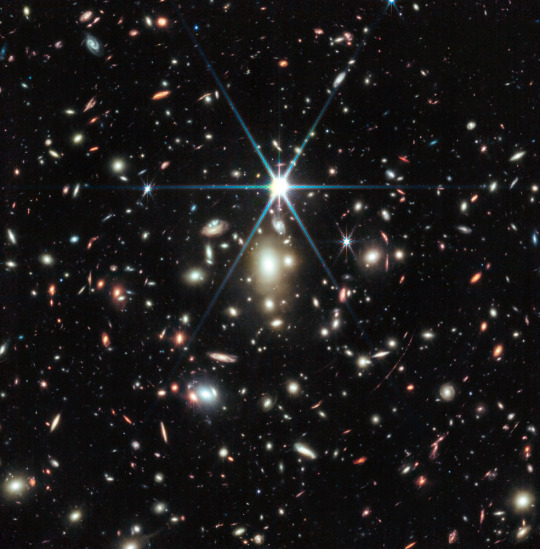
James Webb Space Telescope Captures Earendel, The Most Distant Star Ever Detected
NASA’s James Webb Space Telescope has followed up on observations by the Hubble Space Telescope of the farthest star ever detected in the very distant universe, within the first billion years after the big bang. Webb’s NIRCam (Near-Infrared Camera) instrument reveals the star to be a massive B-type star more than twice as hot as our Sun, and about a million times more luminous.
The star, which the research team has dubbed Earendel, is located in the Sunrise Arc galaxy and is detectable only due to the combined power of human technology and nature via an effect called gravitational lensing. Both Hubble and Webb were able to detect Earendel due to its lucky alignment behind a wrinkle in space-time created by the massive galaxy cluster WHL0137-08. The galaxy cluster, located between us and Earendel, is so massive that it warps the fabric of space itself, which produces a magnifying effect, allowing astronomers to look through the cluster like a magnifying glass.
While other features in the galaxy appear multiple times due to the gravitational lensing, Earendel only appears as a single point of light even in Webb’s high-resolution infrared imaging. Based on this, astronomers determine the object is magnified by a factor of at least 4,000, and thus is extremely small – the most distant star ever detected, observed 1 billion years after the big bang. The previous record-holder for the most distant star was detected by Hubble and observed around 4 billion years after the big bang. Another research team using Webb recently identified a gravitationally lensed star they nicknamed Quyllur, a red giant star observed 3 billion years after the big bang.
Stars as massive as Earendel often have companions. Astronomers did not expect Webb to reveal any companions of Earendel since they would be so close together and indistinguishable on the sky. However, based solely on the colors of Earendel, astronomers think they see hints of a cooler, redder companion star. This light has been stretched by the expansion of the universe to wavelengths longer than Hubble’s instruments can detect, and so was only detectable with Webb.
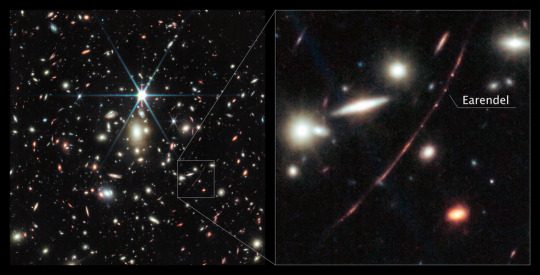
#James Webb Space Telescope Captures Earende#The Most Distant Star Ever Detected#james webb telescope#james webb photos#james webb images#hubble space telescope#Sunrise Arc galaxy#galaxy cluster WHL0137-08#star#space#nasa#nasa picture of the day
206 notes
·
View notes
Text
FYI, if you're into astronomy, be sure to get all your images directly from NASA. They have dedicated pages, and some official social media accounts, where they post the images from Hubble, Webb, and others almost daily.
People online have been doctoring, or flat out faking, astronomical images since before Photoshop was even a thing. But now that AI image programs are the hot idle hobby, every barely tech literal troll can slap fantasy together with keywords and get thousands of people to believe it's real.
P.S. There are no real visual images of exoplanets. None. It's not possible, even with Webb. I keep seeing them everywhere and people believing them!
#astronomy#hubble#james webb space telescope#AI images making people believe everything#or believe nothing#both as bad
110 notes
·
View notes
Text


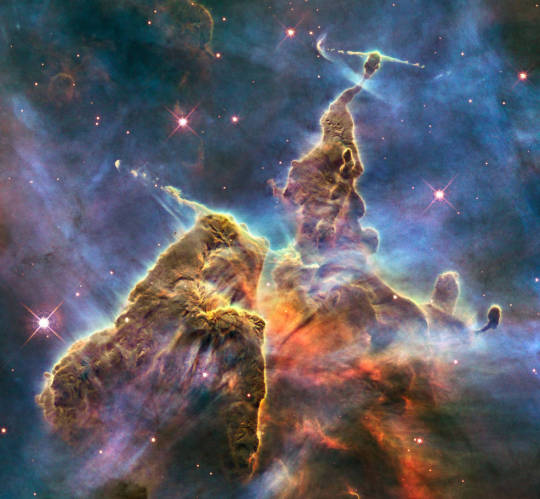
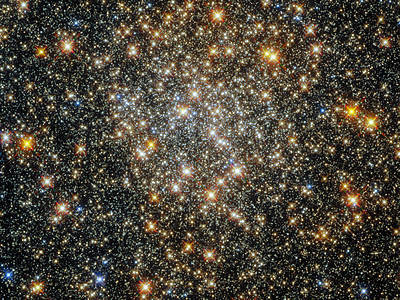
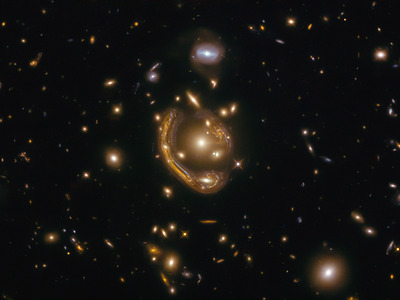
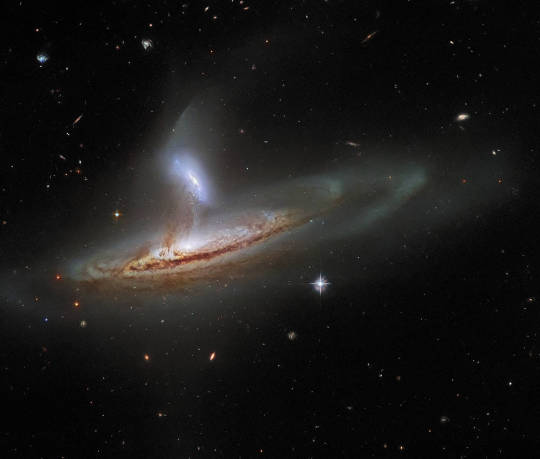
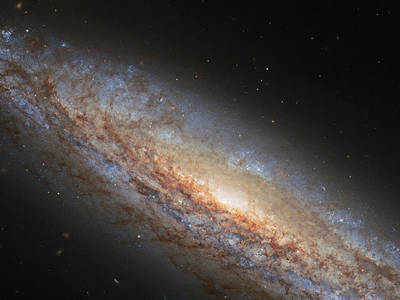
Happy 32nd Launch Day, Hubble!
Launched on April 24, 1990, the HST has been in operation for 32 years now -- more than twice its projected operational lifetime of 15 years! Originally scheduled for launch in 1983, it was delayed until 1986 because of engineering difficulties and was postponed again until 1990 after the loss of Challenger.
The Hubble telescope has revolutionized our understanding of not only our own galaxy but the origins of the universe itself.
Image source
#astronomy#telescopes#technology#science#nebula#galaxies#galaxy#gravitational lensing#globular cluster#stars#universe#early universe#hst#hubble space telescope#hubble#i was going to write more but then i ran out of steam oops#images were chosen because i thought they were pretty lmao no other reason#NASA#life the universe and everything
1K notes
·
View notes
Text
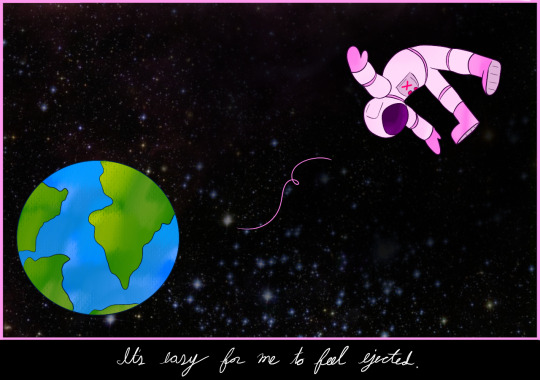

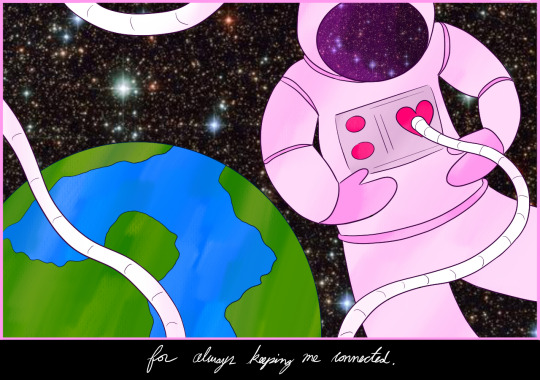
It's easy for me to feel ejected. From this place, somewhere in this space, I thank you for always keeping me connected.
I'm blessed to have too many blogs to tag for that I love my online friends post, though I still wanted to make something special in honor of it.
Getting pretty personal for a sec, but these past years have been rough. I'm not the best at keeping up with messages, and I'm the very worst person to make plans to hang out with. I'm prone to self-isolation and have struggled a lot with social anxiety and agoraphobia. So I cannot even begin to express how grateful I am to you. I've met so many incredible and friendly people on here. You all are fun to be around and inspiring to hear from. No matter how big or small the interaction may seem, existing in this space with you, sharing ideas with you, spending ordinary experiences with you -- it has all been a constant lifeline for me. Thank you for sharing your ideas, opinions, artwork of many kinds, advice, successes, hopes, and even just your time.
I've struggled with looking forward to the future before, but I can say with certainty that I cannot wait to spend this new year with you all <3
#NO THIS ISNT AMONGUS 😂😂😂😂😂#my partner and i used the metaphor for floating away into space for a long time -- it was only after i put the art with the rhyme that i#realized it was very amongus 💀#truly - thank you all so much#i hope this upcoming year brings you lots of joy and peace ✨#(all the star images i used are from the hubble telescope - from the nasa website :))
39 notes
·
View notes
Text

#cross stitch#crossstichlove#cross stitch art#nebula#space#outterspace#outter space#cosmos#hubble#hubble telescope#james webb telescope#jwt#james webb space telescope#james webb space technology#james webb photos#james webb images#james webb update#nasa#nasa picture of the day#nasapunk#stars
184 notes
·
View notes
Text

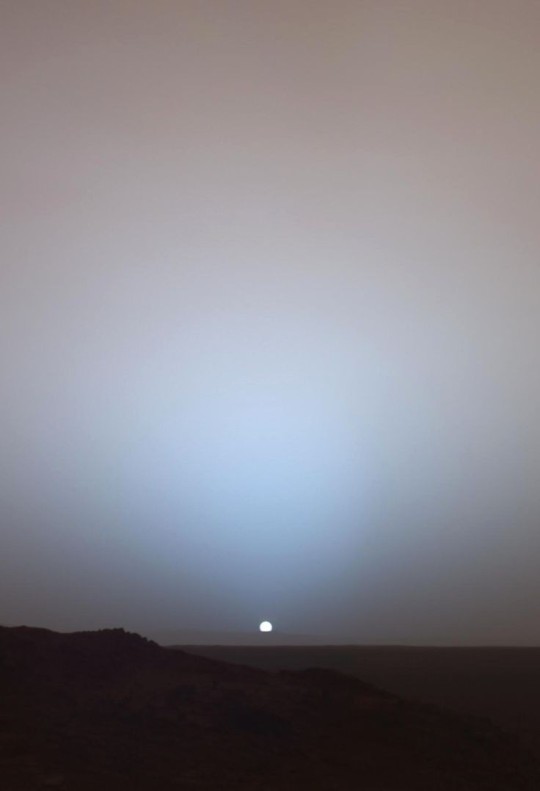
Moonset & Sunset over Mars! These photos never get old. From another world!
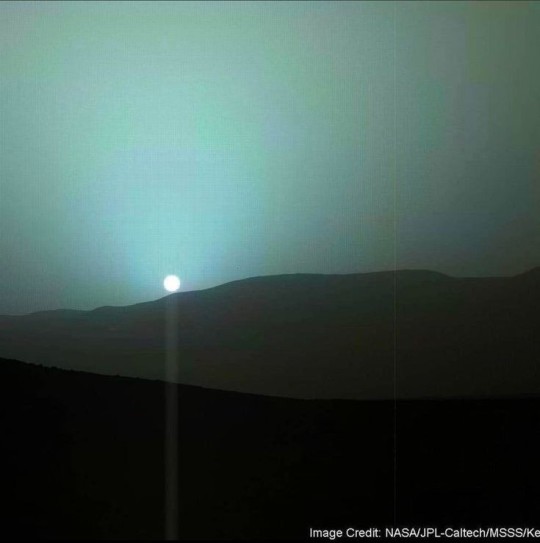

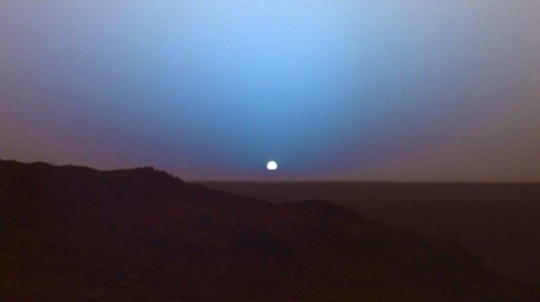

#mars planet#mars#planets#planet#nasa picture of the day#nasa photos#nasa#nasawebb#our universe#universe#space science#outer space#space exploration#space#hubble space telescope#hubble#james webb photos#james webb images#james webb#astronomers#astrophysics#astrophotography#astrology#astronomy#astro observations#astro community#astro notes
1K notes
·
View notes
Text
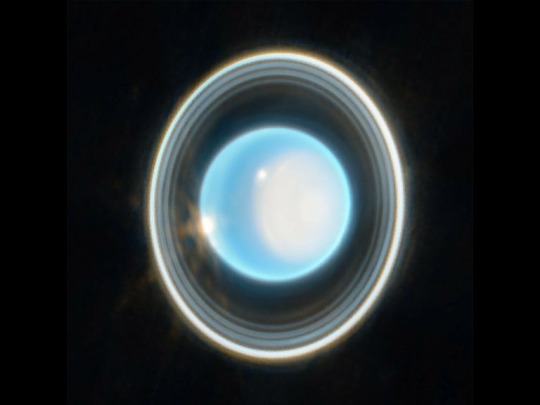
babe wake up new james webb telescope photo dropped
#me cheering on james webb & hubble & mars river percy#james webb images#james webb telescope#nasa#space#uranus#james webb
112 notes
·
View notes
Text
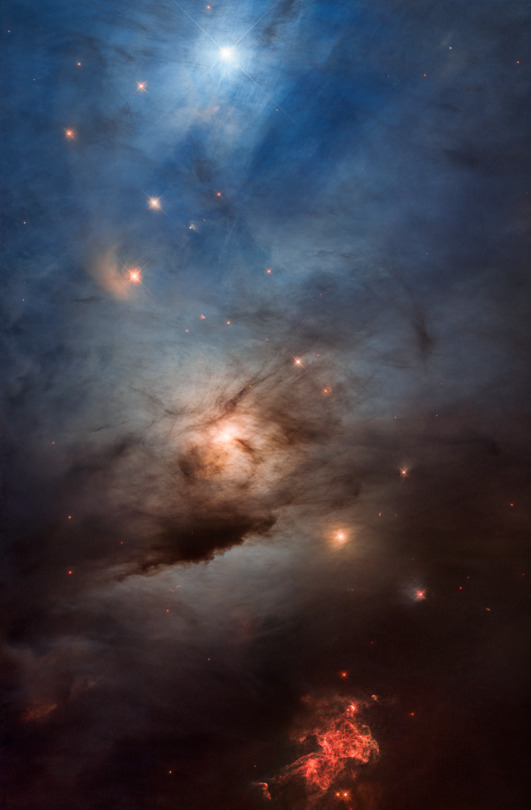
NGC 1333: Stellar Nursery in Perseus
Image Credit:Science - NASA, ESA, STScI, Processing - Varun Bajaj (STScI), Joseph DePasquale (STScI), Jennifer Mack (STScI)
#astronomy#space#space images#universe#cosmos#stars#stellar#stellar nursery#perseus#nasa#esa#apod#nebula#hubble images#hubble telescope
116 notes
·
View notes
Text
Through the James Webb Space Telescope, scientists observed the intricate outflows of HH 211, hinting at a young binary star system. Credit: ESA/Webb, NASA, CSA, T. Ray (Dublin Institute for Advanced Studies)
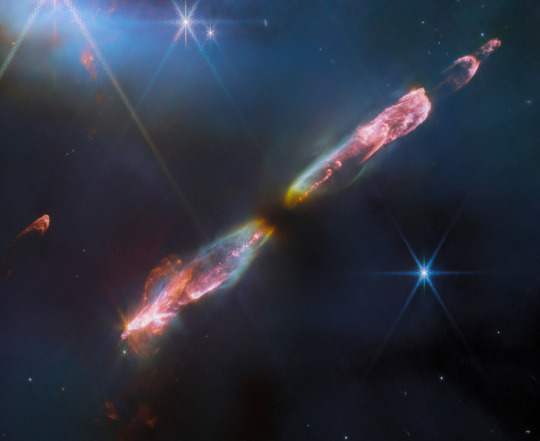
#astronomy#space#astrophotography#nasa#universe#galaxy#astro#astronout#astro notes#galaxies#james webb images#james webb space telescope#james webb space technology#james webb telescope#james webb photos#telescope#space telescopes#hubble telescope#astro community#astro observations
55 notes
·
View notes
Text
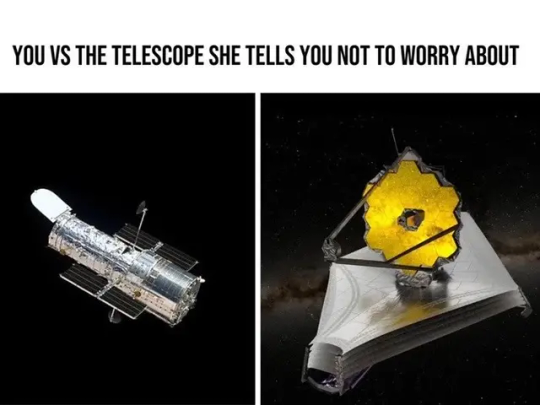

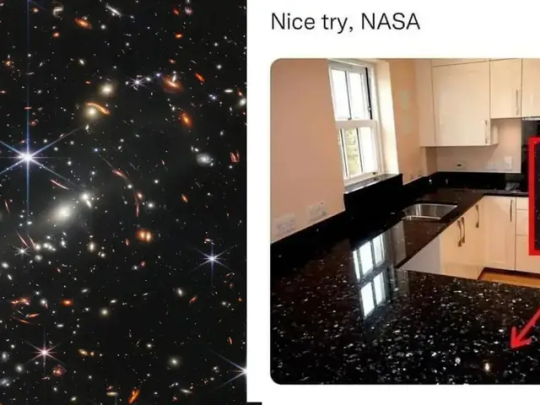

We can’t believe it’s nearly been a year since we received JWST’s first image ✨
#nasa#astronomy#astrophotography#solar system#astrophysics#hubble#physics#james webb images#james webb space technology#nebula#james webb update#james webb space telescope#james webb uzay teleskobu#james webb
332 notes
·
View notes
Photo

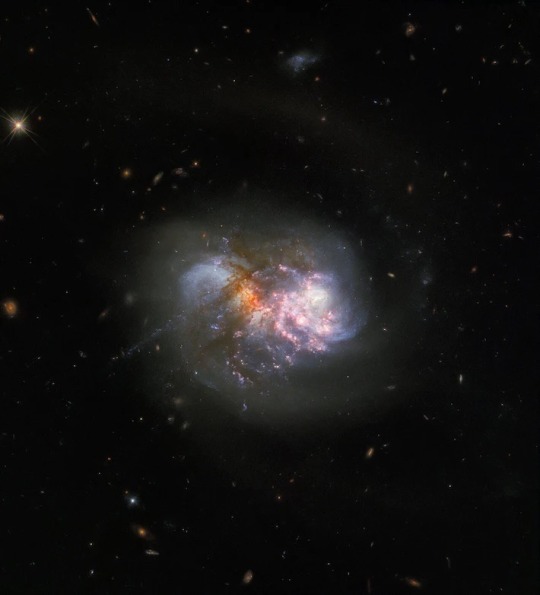

When Worlds Collide
Webb Telescope Image Shows Galaxies Colliding and A Brilliant Star Formation
This image from the NASA/ESA/CSA James Webb Space Telescope depicts IC 1623, an entwined pair of interacting galaxies which lies around 270 million light-years from Earth in the constellation Cetus. The two galaxies in IC 1623 are plunging headlong into one another in a process known as a galaxy merger. Their collision has ignited a frenzied spate of star formation known as a starburst, creating new stars at a rate more than twenty times that of the Milky Way galaxy.
This interacting galaxy system is particularly bright at infrared wavelengths, making it a perfect proving ground for Webb’s ability to study luminous galaxies. A team of astronomers captured IC 1623 across the infrared portions of the electromagnetic spectrum using a trio of Webb’s cutting-edge scientific instruments: MIRI, NIRSpec, and NIRCam. In so doing, they provided an abundance of data that will allow the astronomical community at large to fully explore how Webb’s unprecedented capabilities will help to unravel the complex interactions in galactic ecosystems. These observations are also accompanied by data from other observatories, including the NASA/ESA Hubble Space Telescope, and will help set the stage for future observations of galactic systems with Webb.
The merger of these two galaxies has long been of interest to astronomers, and has previously been imaged by Hubble and by other space telescopes. The ongoing, extreme starburst causes intense infrared emission, and the merging galaxies may well be in the process of forming a supermassive black hole. A thick band of dust has blocked these valuable insights from the view of telescopes like Hubble. However, Webb’s infrared sensitivity and its impressive resolution at those wavelengths allows it to see past the dust and has resulted in the spectacular image above, a combination of MIRI and NIRCam imagery.
The luminous core of the galaxy merger turns out to be both very bright and highly compact, so much so that Webb’s diffraction spikes appear atop the galaxy in this image. The 8-pronged, snowflake-like diffraction spikes are created by the interaction of starlight with the physical structure of the telescope. The spiky quality of Webb’s observations is particularly noticeable in images containing bright stars, such as Webb’s first deep field image.
#james webb telescope#james webb photos#Webb Telescope Image Shows Galaxies Colliding#hubble telescope#IC 1623#constellation cetus#galaxy merger#starburst#black hole#nasa#nasa photos#nasa picture of the day#space#astronomy#pretty#beauty#beautiful#when worlds collide
88 notes
·
View notes